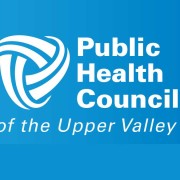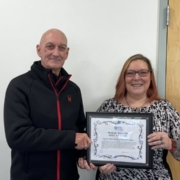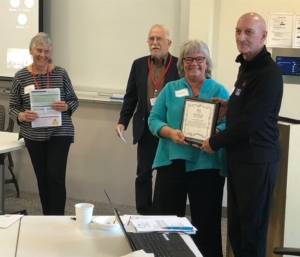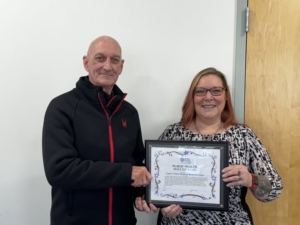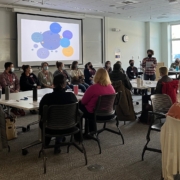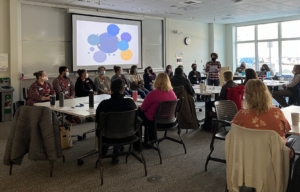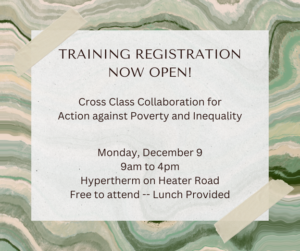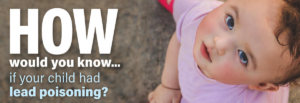Public Health Challenges in the Upper Valley: Insights and Policy Pathways
Working Together for a Healthier Community
The Public Health Council of the Upper Valley (PHC) recently brought together local policymakers, public health leaders, and community advocates for its annual legislative event. This gathering is all about finding solutions to some of our region’s most pressing health challenges—and sparking collaboration to create lasting change. By sharing real-life stories and practical recommendations, PHC empowers leaders to make informed choices that improve lives in the Upper Valley.
Advocacy that Educates and Inspires
At PHC, we see ourselves as a bridge between communities and policymakers. While we don’t engage in lobbying, we focus on raising awareness, sharing resources, and equipping our Partners to advocate effectively. By hosting events like these and providing advocacy training, we aim to inspire action and create a shared understanding of what’s needed to improve public health.
Highlights from this year’s event:
Homelessness: Our Community-Wide Challenge
- What we can do:
- Remove penalties for camping or sleeping in vehicles
- Expand access to legal support, low-barrier shelter, and affordable housing
- Encourage policies that support recovery housing
- What we heard: Angela Zhang from LISTEN highlighted that the real key to homelessness is affordable housing. She shared that about one-third of unhoused people are employed, another third rely on disability or retirement income, and the rest have no income at all. Unfortunately, the shortage of legal aid attorneys makes it even harder to fight wrongful evictions.
- Takeaways for Legislators: Leaders left the session with ideas for innovative solutions—like moving from short-term fixes to sustainable housing initiatives.
Strengthening our Nursing Workforce
- What we can do:
- Waive renewal fees for retired nurses who return to work part-time.
- Promote easier licensing between New Hampshire and Vermont.
- What we heard: With more older adults needing care at home, community nursing is critical. Many nurses filling these gaps are retired professionals who work part-time. But renewal fees can discourage them from returning. Alice Ely, PHC’s Executive Director, stressed how important it is to reduce these barriers to keep skilled nurses in the field.
- Takeaways for Legislators: Policymakers were encouraged to explore policy changes that could make a big difference in strengthening our workforce and supporting vulnerable populations.
Hidden Risks of Vaping Devices
- What we can do:
- Develop statewide programs for safe disposal of vaping devices.
- Expand hazardous waste policies to include these items.
- Invest in education campaigns about vaping dangers.
- What we heard: Andrea Smith from Dartmouth Hitchcock shed light on a growing problem: the chemicals and batteries in vaping devices pose health and environmental risks. Schools confiscate many devices but struggle with how to dispose of them safely. Vermont’s recent legislation requiring manufacturers to cover disposal costs offers a promising model.
- Takeaways for Legislators: Policymakers were urged to take a closer look at disposal solutions and education efforts to tackle vaping’s hidden dangers.
Other Public Health Priorities
- Expanding treatment and recovery options for substance misuse.
- Improving dental care access for Medicaid patients.
- Enhancing behavioral health services for children.
- Supporting policies for universal school meals and more outdoor playtime.
The Power of Collaboration
The feedback from this year’s event was overwhelmingly positive. Attendees appreciated the practical ideas, stories, and data shared. Looking ahead, PHC will continue to provide legislators with resources and policy briefs, ensuring they have the tools they need to create meaningful change. Together, we can tackle the challenges facing the Upper Valley and make it a healthier, more equitable place for everyone.
Let’s Keep the Momentum Going
PHC’s annual legislative event is a reminder of what we can achieve when we come together. By focusing on solutions that work and sharing knowledge, we’re building a brighter future for our communities. To read the full report, you can find it at: PHC Bi-State Legislative Event Report Dec 2024.
— Written by Vismaya Gopalan, ’82 UVCI Fellow to the PHC, Dartmouth College
